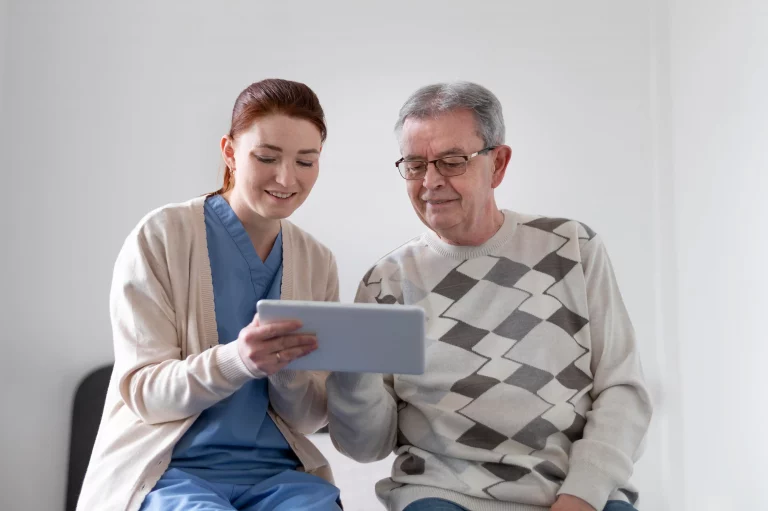Book Appointment Now

How to Use Health Information to Improve Outcomes
Empowering Better Health Decisions with Priority Cares
At Priority Cares, we believe informed care is empowered care. Health information isn’t just data on a chart—it’s the foundation of better outcomes, healthier lives, and more personalized support. But how exactly can patients, caregivers, and care providers use health information to improve real-world outcomes?
Here’s a practical look at how to make health data work for you.
1. Understand What Counts as Health Information
Health information includes more than just your latest lab results or prescriptions. It spans:
- Medical records: Diagnoses, treatments, hospital visits
- Behavioral health notes: Mental health, stress levels, therapy sessions
- Lifestyle data: Nutrition, exercise, sleep patterns
- Social determinants: Housing, transportation, access to food, safety
The more complete the picture, the better the care.
2. Share Information Across the Care Team
In many care journeys, patients work with multiple professionals—primary care doctors, specialists, mental health providers, and support staff. When each person has access to the same, updated information:
- Care becomes coordinated, not duplicated
- Risks are spotted earlier
- Treatment conflicts are avoided
- Everyone speaks the same language
At Priority Cares, we prioritize care coordination through secure health information sharing systems, helping patients avoid the gaps that can lead to complications.
3. Use Information to Set and Track Health Goals
Data can help patients and providers create actionable goals. For example:
- If a patient has high blood pressure, we can track daily readings and adjust care plans quickly.
- If someone struggles with access to healthy food, we can connect them with local nutrition programs.
Tracking over time shows what’s working—and what needs adjustment.
4. Integrate Tech for Real-Time Insights
Wearables, patient portals, and mobile apps make it easier than ever to gather and view health information in real time. These tools empower patients to:
- See trends in blood sugar, activity, or sleep
- Communicate with their care team quickly
- Make informed decisions between visits
Priority Cares helps individuals integrate and understand this data so it’s not overwhelming—it’s empowering.
5. Use Data to Address Health Equity
Not all health outcomes are created equal. Health information can uncover patterns and gaps based on race, income, ZIP code, or age. By analyzing this data:
- We can identify where extra support is needed
- Tailor outreach and education to specific communities
- Close gaps in access, treatment, and outcomes
Priority Cares is committed to using data ethically and equitably to serve every individual better.
Final Thoughts: Data Is a Tool—People Make It Powerful
Health information alone doesn’t drive change—people do. When care teams and individuals work together to interpret and act on that data, real transformation happens.
At Priority Cares, we partner with communities, providers, and families to use health information as a tool for better, more compassionate care. Because informed care isn’t just smarter—it’s more human.
Want to learn more about how Priority Cares uses data to personalize your care?
[Contact us today] or [visit our resource center].




